Treatment of Felon
Even a small cut or splinter on a finger can cause a serious inflammation called felon. The condition develops rapidly, causing severe pain, swelling, and purulent lesions. Without proper treatment, it can lead to surgery and a long rehabilitation period.

specialists

equipment

treatment

The main cause of felon is infection entering the soft tissues of the finger through damaged skin. Local inflammation develops at the site of the cut or injection, which quickly spreads inward.
Factors that trigger the development of the disease include:
- Microtrauma to the skin (cuts, splinters, injections)
- Poor hand hygiene
- Nail biting or hangnail picking
- Infection during a manicure
- Diabetes and weakened immunity
- Chronic skin diseases (e.g., eczema)
- Prolonged contact with chemicals without gloves
Most often, the lesion forms near the nail fold, in the cuticle area, or under the nail plate. The main pathogens are staphylococci and streptococci, which actively multiply when the skin's protective functions are weakened.
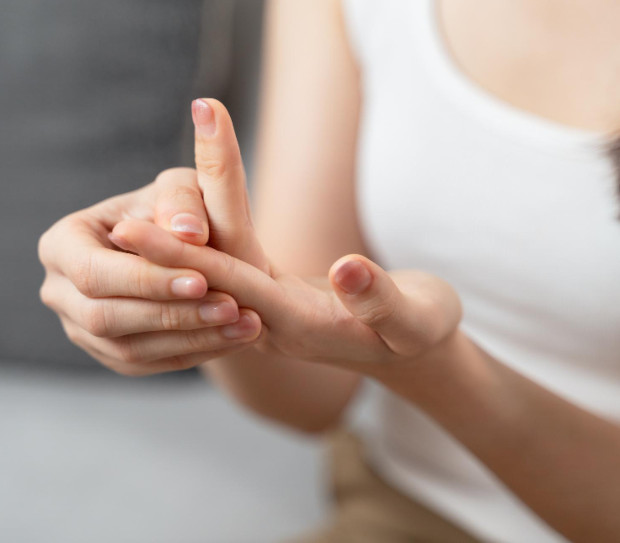
Main risk factors
The development of felon is often associated with repeated microtrauma and a weakened local immune system.
Those most at risk are:
- People with weakened immune systems
- People with diabetes
- Workers who perform manual labor
- Children who frequently bite their nails and overlook minor cuts
The more frequently an arm or leg is injured, the higher the risk of infection. Certain health conditions and lifestyle choices increase vulnerability to infection.
Classification and types of panaritium
Types of felon
The disease is divided into several types depending on the depth of tissue damage. Some forms affect only the skin. Others spread to tendons, joints, and even bone.
There are two types of felon:
- Superficial forms. Affect the skin and periungual area.
- Deep forms. Involve the subcutaneous tissue, tendons, joints, or bones.
Forms of felon vary in pain intensity, rate of spread, and potential risks. As the inflammation deepens, treatment becomes increasingly difficult, and acute cases require immediate intervention, especially when tendons, joints, or bones are affected.
Surface forms
In the early stages, inflammation is usually limited to the upper layers of skin and tissue around the nail. These forms develop quickly, but with timely treatment, they respond well to therapy and rarely lead to complications.
These include:
- Cutaneous form. Occurs on the fingertip. Characterized by swelling, burning, and the appearance of a blister filled with cloudy fluid.
- Periungual felon (paronychia). Inflammation develops near the nail, often after hangnails or careless manicure.
- Subungual form. Pus accumulates in the subungual space, causing sharp pain, nail separation, and severe sensitivity to pressure.
These forms require attention even if symptoms are mild. Without treatment, the infection can penetrate deeper and cause serious complications.
Deep forms
Tendons, joints, and bone tissue are affected. These conditions are accompanied by severe pain, limited mobility, and fever.
Main types:
- Tendon form. Spreads along the tendon sheath. Characterized by sharp pain, swelling, and the inability to move the finger.
- Articular felon. Inflammation affects the interphalangeal joint. Signs include redness, limited mobility, and purulent effusion.
- Bone form. The infection reaches the bone, causing osteomyelitis. It can develop after an untreated subungual infection or nail injury.
Without prompt treatment, deformities and loss of finger function are possible.
Symptoms of panaritium
The initial symptoms of a felon may seem minor, but they quickly progress and, without intervention, develop into more severe forms.
Main symptoms:
- Pain in the affected area, intensified by pressure
- Redness and swelling of the skin, especially around the finger
- Local increase in temperature
- Limited finger movement
- Lump or pulsation
- Purulent discharge (in some cases)
The deeper the lesion, the more severe the pain. Mobility is also impaired. Purulent processes in soft tissues are especially dangerous.
Stages of the disease
The process is not limited to superficial inflammation. The infection quickly spreads deeper, destroying surrounding structures.
If left untreated, felon often leads to serious consequences.

The most dangerous complications:
-
Purulent tissue melting
Destruction of soft layers with the formation of deep cavities.
-
Joint or bone damage
The inflammation spreads to the joint, cartilage, and bone tissue.
-
Loss of mobility
Irreversible changes in tendons and ligaments
-
General infection (sepsis)
Bacteria enter the bloodstream, leading to life-threatening conditions.
Diagnosis of felon
Laboratory research
To clarify the diagnosis of felon and assess the severity of inflammation, laboratory tests are often required. They can identify hidden complications and adjust therapy.
List of possible tests:
- Complete blood test. Helps determine the presence of systemic inflammation and white blood cell count.
- Purulent discharge culture. Prescribed for severe purulent inflammation to select an effective antibiotic.
- Additional tests. Blood biochemistry, ultrasound, or X-ray are performed if deep tissue, joint, or systemic complications are suspected.
Tests are especially important for deep or protracted inflammation.
Differential diagnosis
Panaritium can easily be confused with other inflammatory finger conditions. To avoid confusion, accurate diagnosis and an experienced physician are required.
Similar pathologies:
- Herpes infection. Fluid-filled blisters, burning, and moderate swelling without pus.
- Gout. Sudden severe pain, redness, and salt deposits in the joints.
- Chlegmon. Deep purulent lesion, swelling spreads rapidly, without boundaries.
- Arthritis. Aching pain in the joint, stiffness, often without abscess formation.
Differences relate to the nature of the pain, the type of rash, and the overall course of the process.
Complications of panaritium
The process is not limited to superficial inflammation. The infection quickly spreads deeper, destroying surrounding structures.
The most dangerous complications:
- Purulent tissue melting. Destruction of soft tissues with the formation of deep cavities.
- Joint or bone damage. Inflammation spreads to the joint, cartilage, and bone tissue.
- Loss of mobility. Irreversible changes in tendons and ligaments.
- General infection (sepsis). Bacteria enter the bloodstream, leading to a life-threatening condition.
If left untreated, felon often leads to serious consequences.
Treatment, rehabilitation, prevention
When to see a doctor
Seeking medical attention promptly helps avoid complications and speeds recovery. The sooner complications are prevented and proper intervention is initiated, the lower the risk of loss of finger function and spread of infection.
Reasons for urgent consultation include:
- Increasing pain and throbbing
- Appearance or increase in pus
- Limited joint mobility
- Swelling, redness, and increased skin temperature
- General malaise and fever
Even with minor symptoms, it's best not to delay. Early diagnosis and prevention of relapse significantly improve the prognosis.
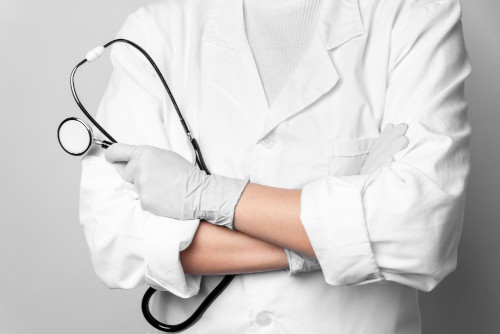
Questions and Answers
Is it possible to treat at home?
When is surgery inevitable?
How long does the treatment last?

This award is given to clinics with the highest ratings according to user ratings, a large number of requests from this site, and in the absence of critical violations.

This award is given to clinics with the highest ratings according to user ratings. It means that the place is known, loved, and definitely worth visiting.

The ProDoctors portal collected 500 thousand reviews, compiled a rating of doctors based on them and awarded the best. We are proud that our doctors are among those awarded.
Make an appointment at a convenient time on the nearest date
Price

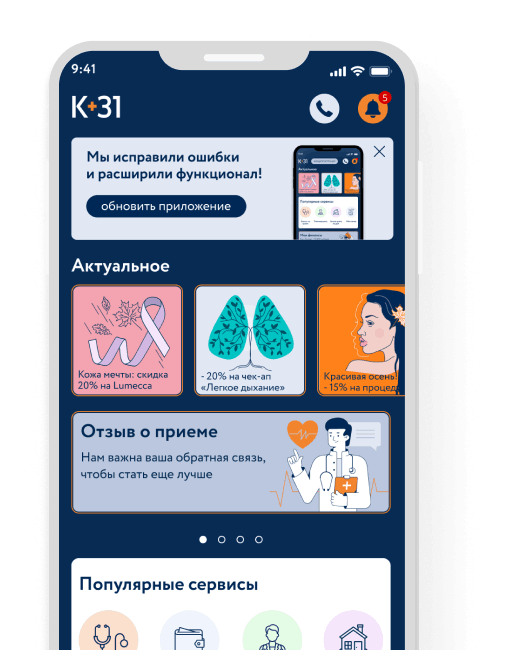
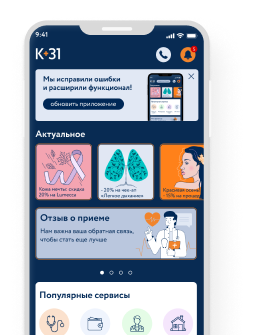



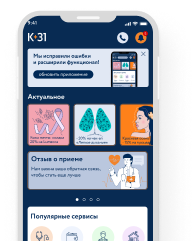

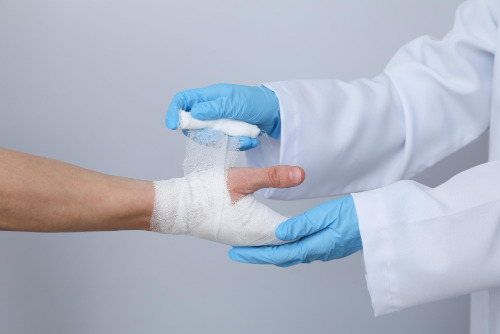

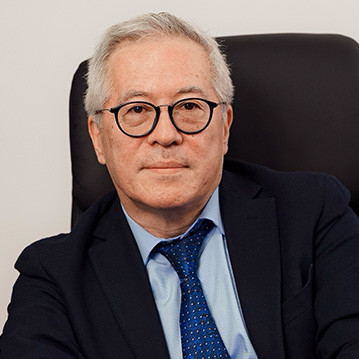

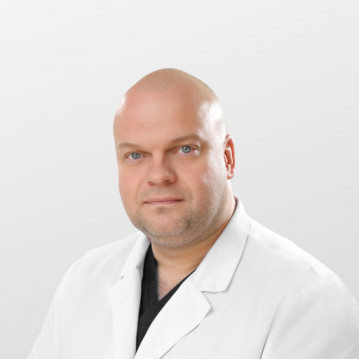
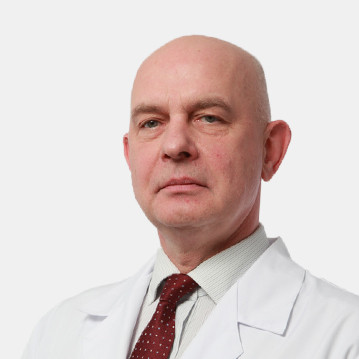
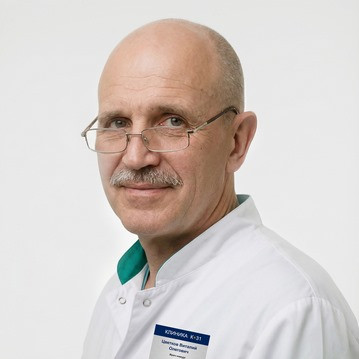
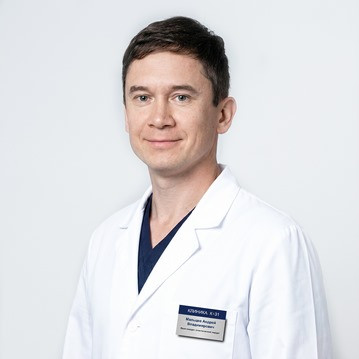
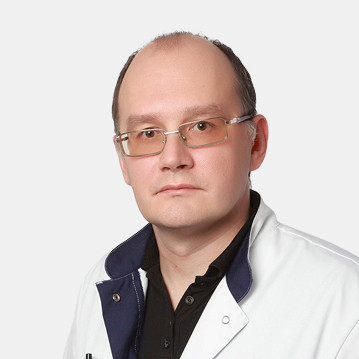
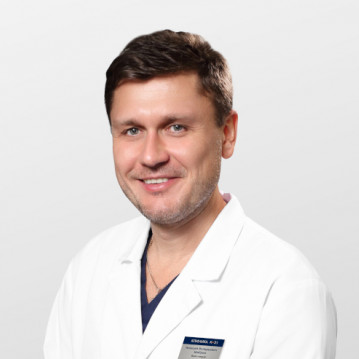
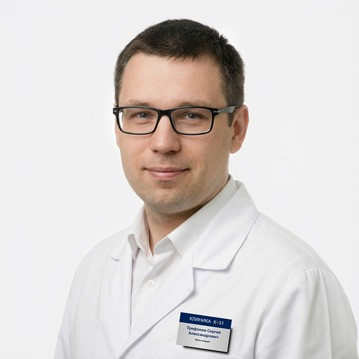
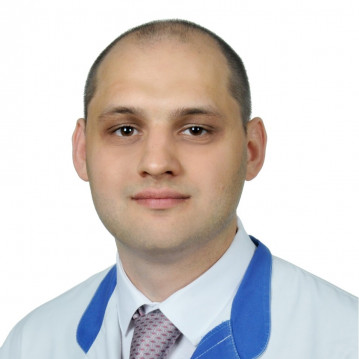
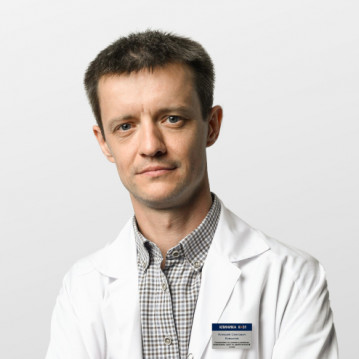
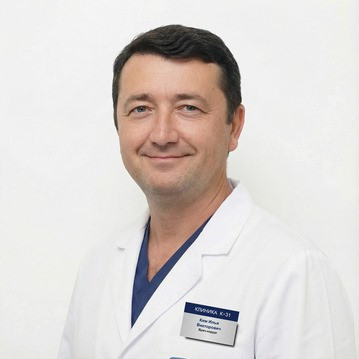
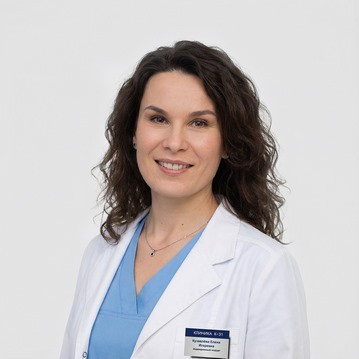

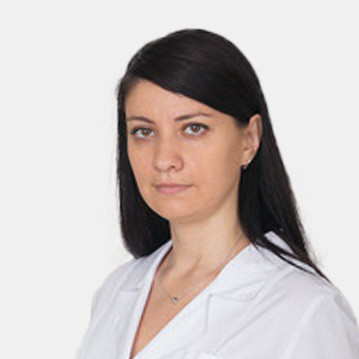
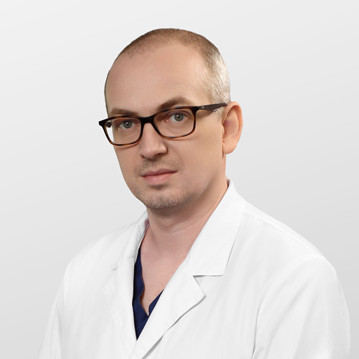
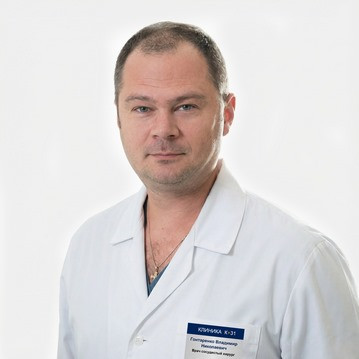

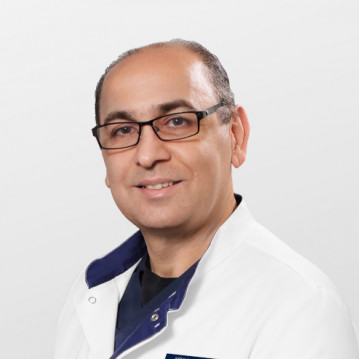

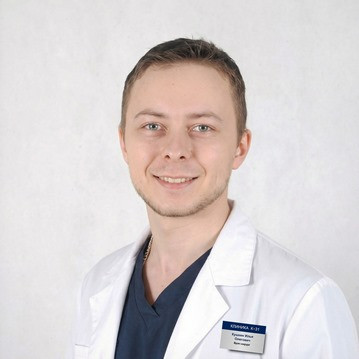

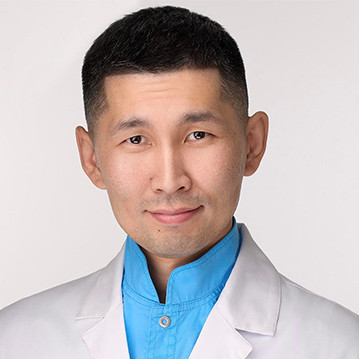


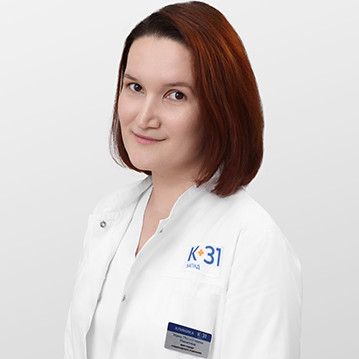
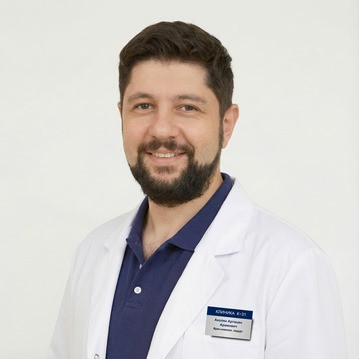
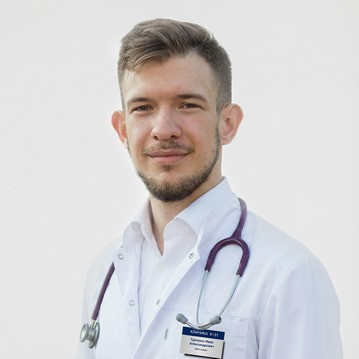

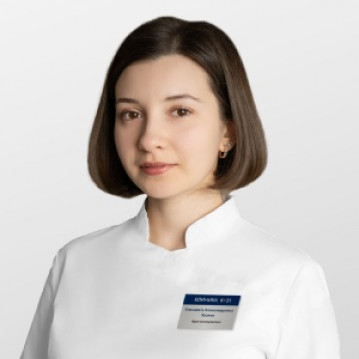
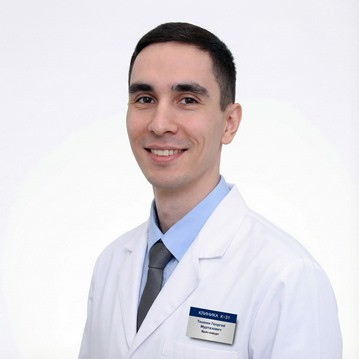
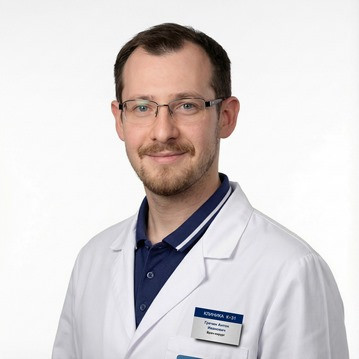
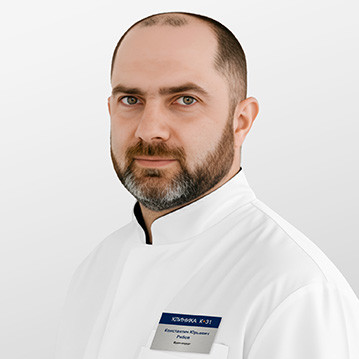
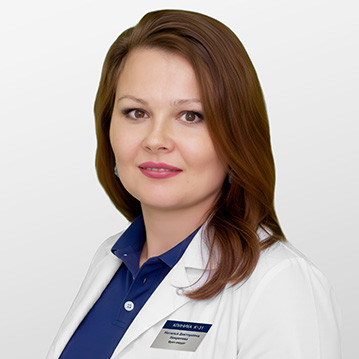
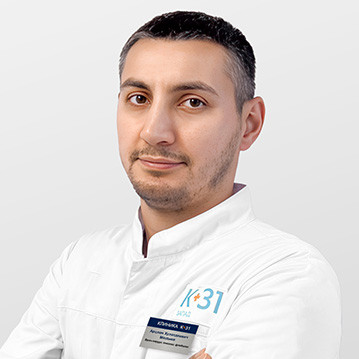
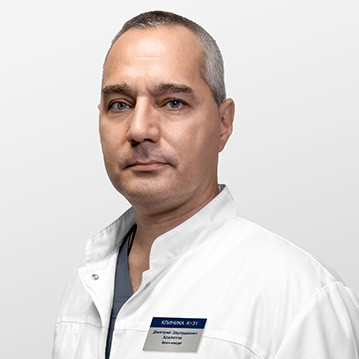
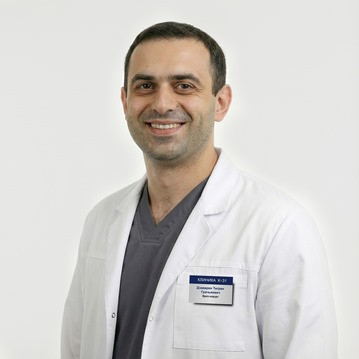

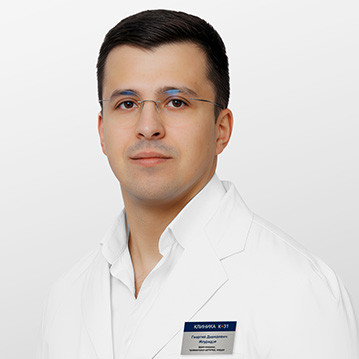
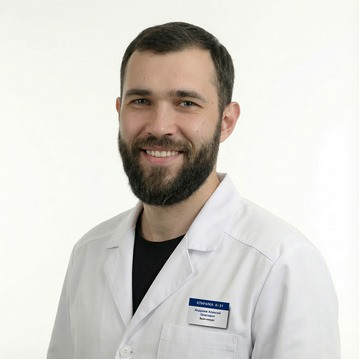
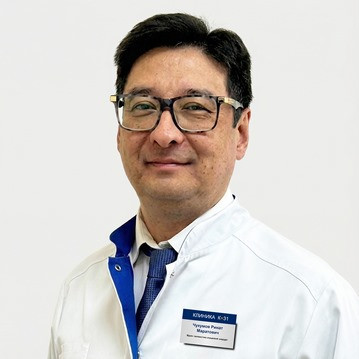

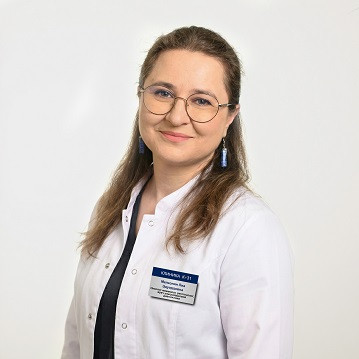
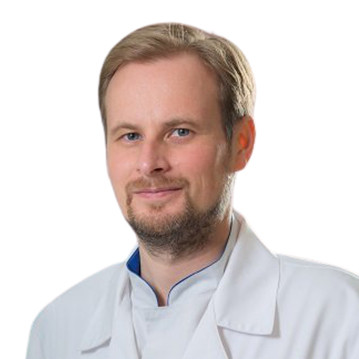



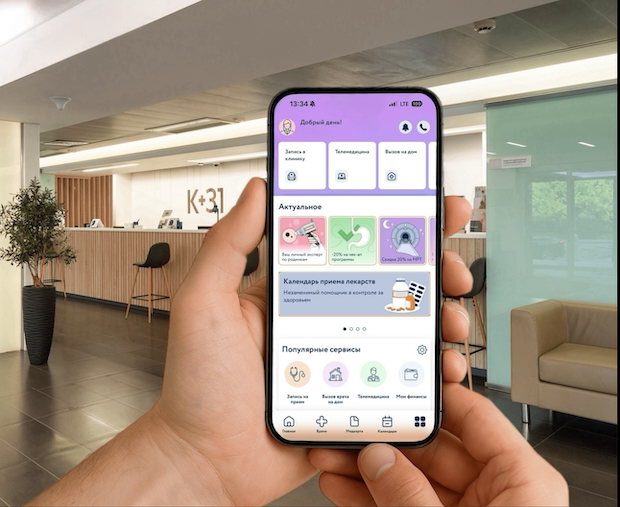
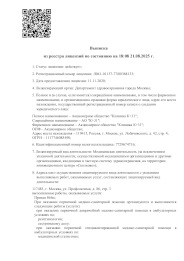

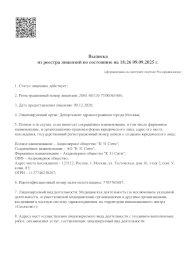
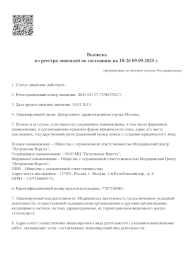

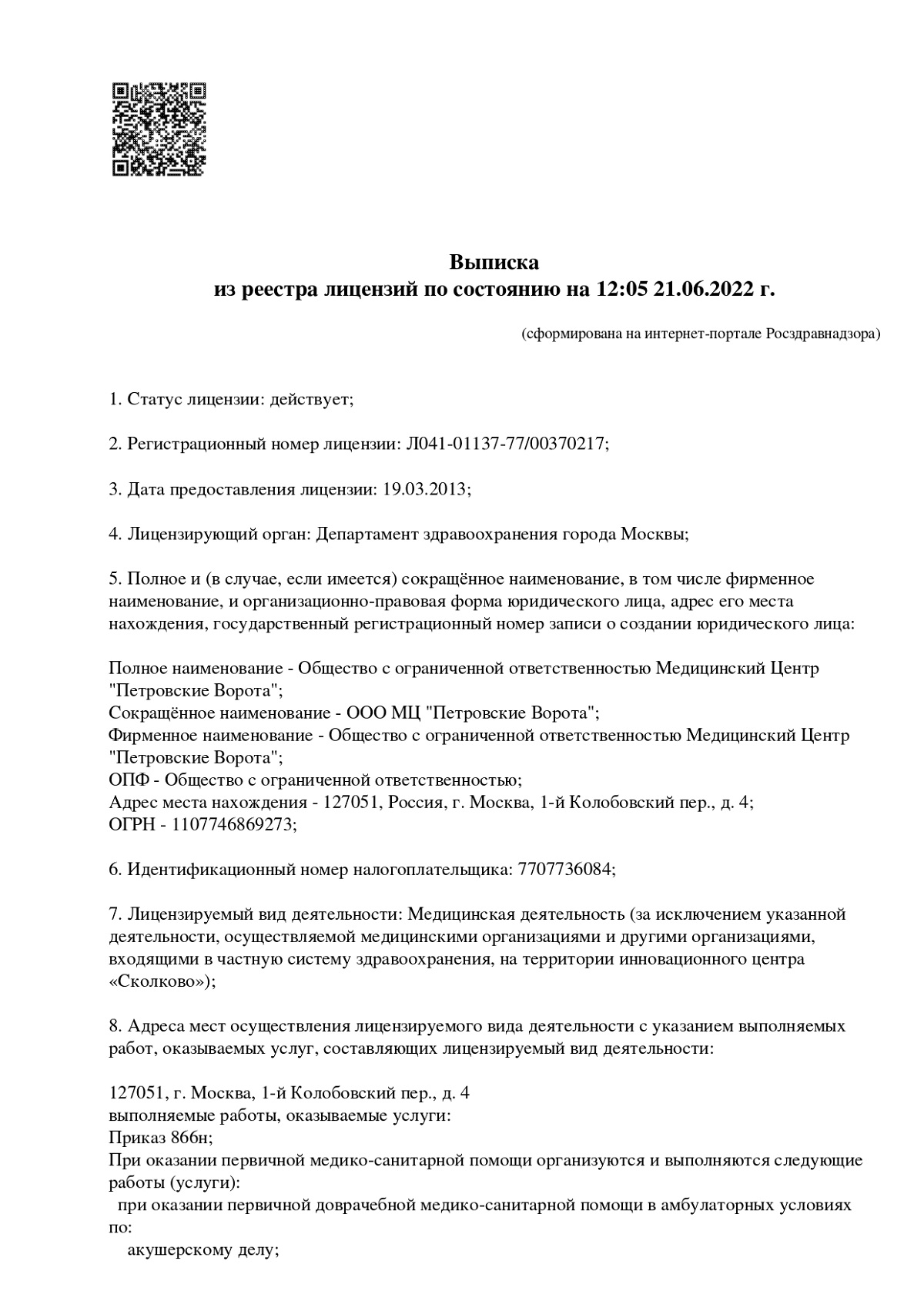
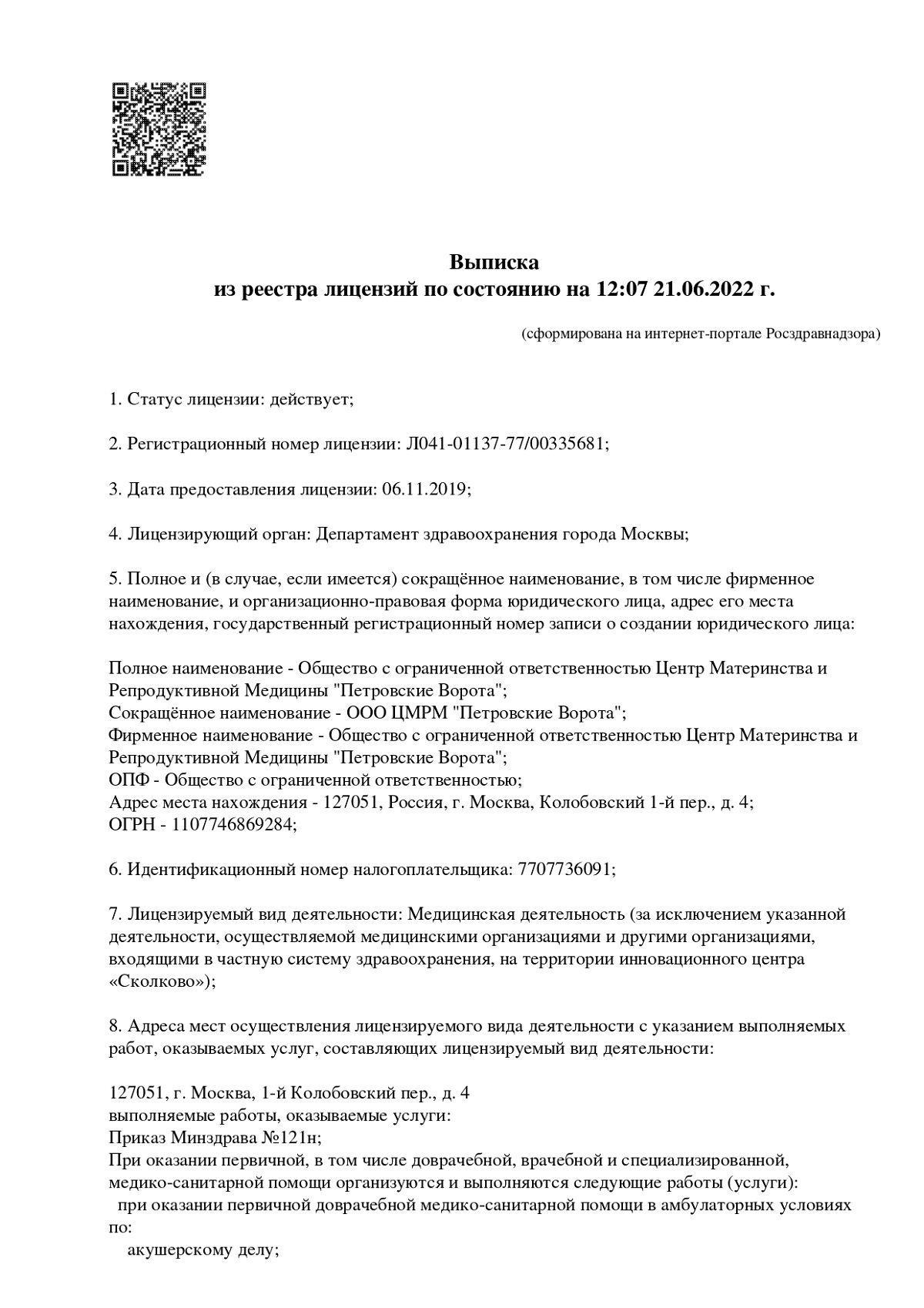
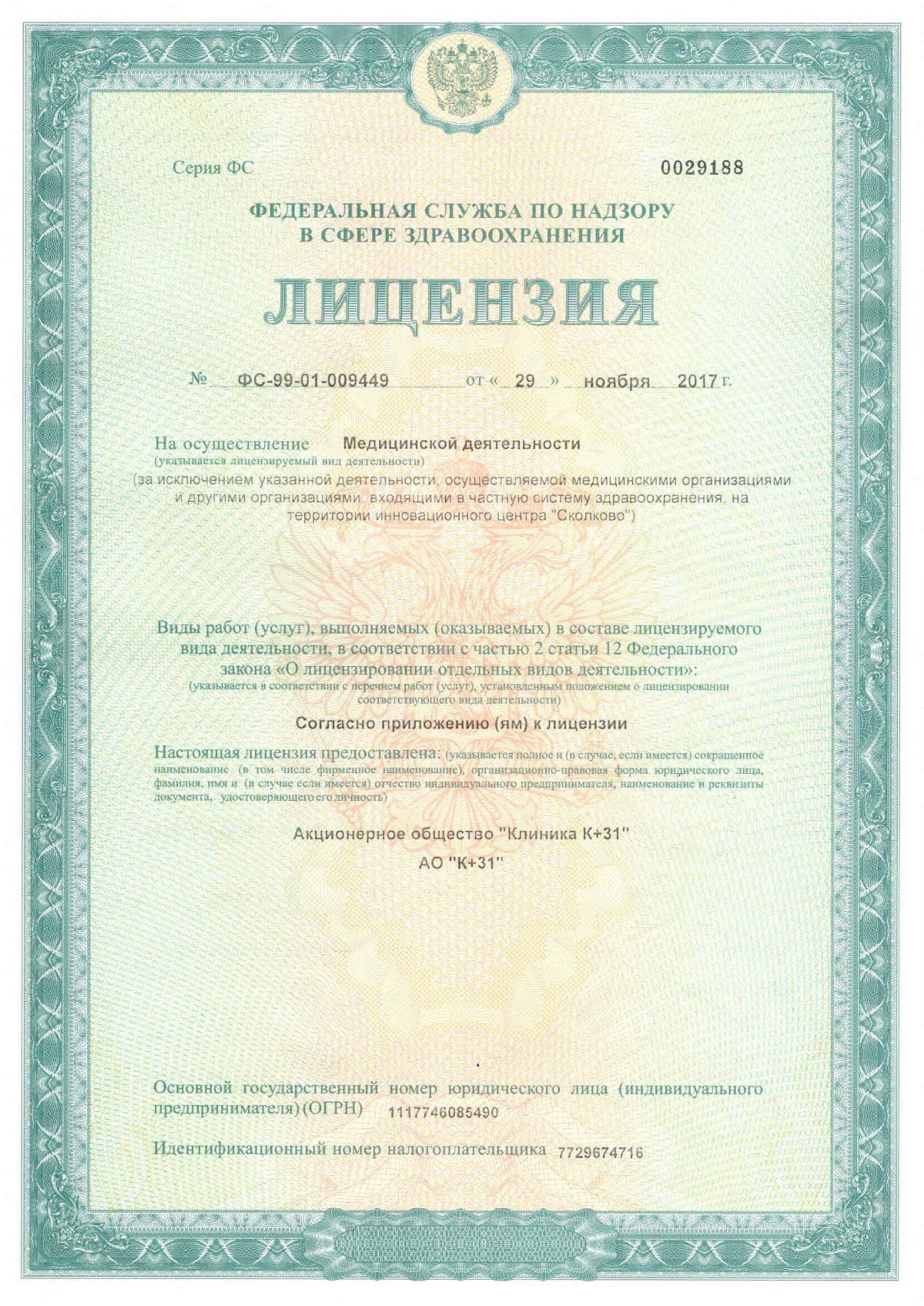
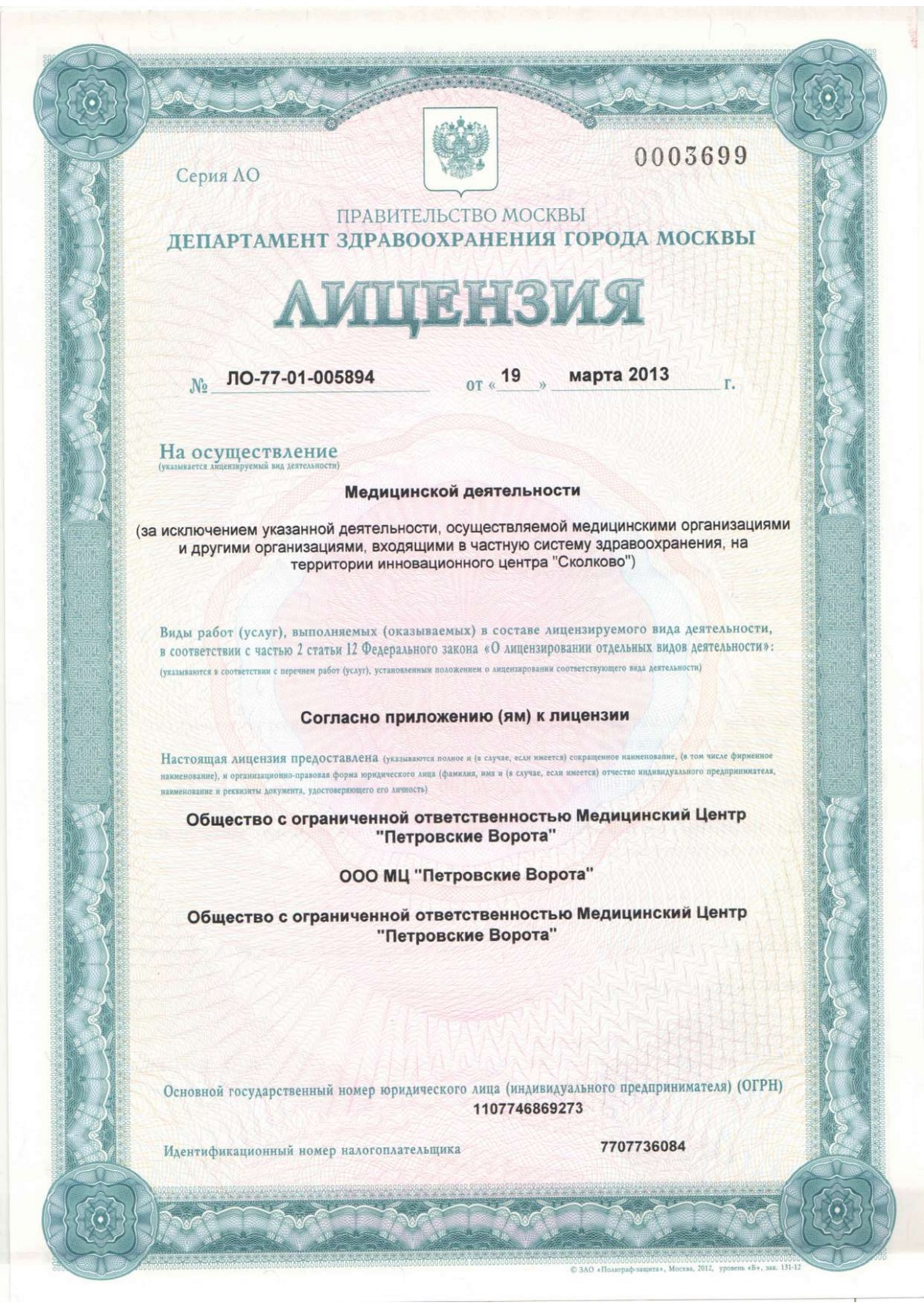

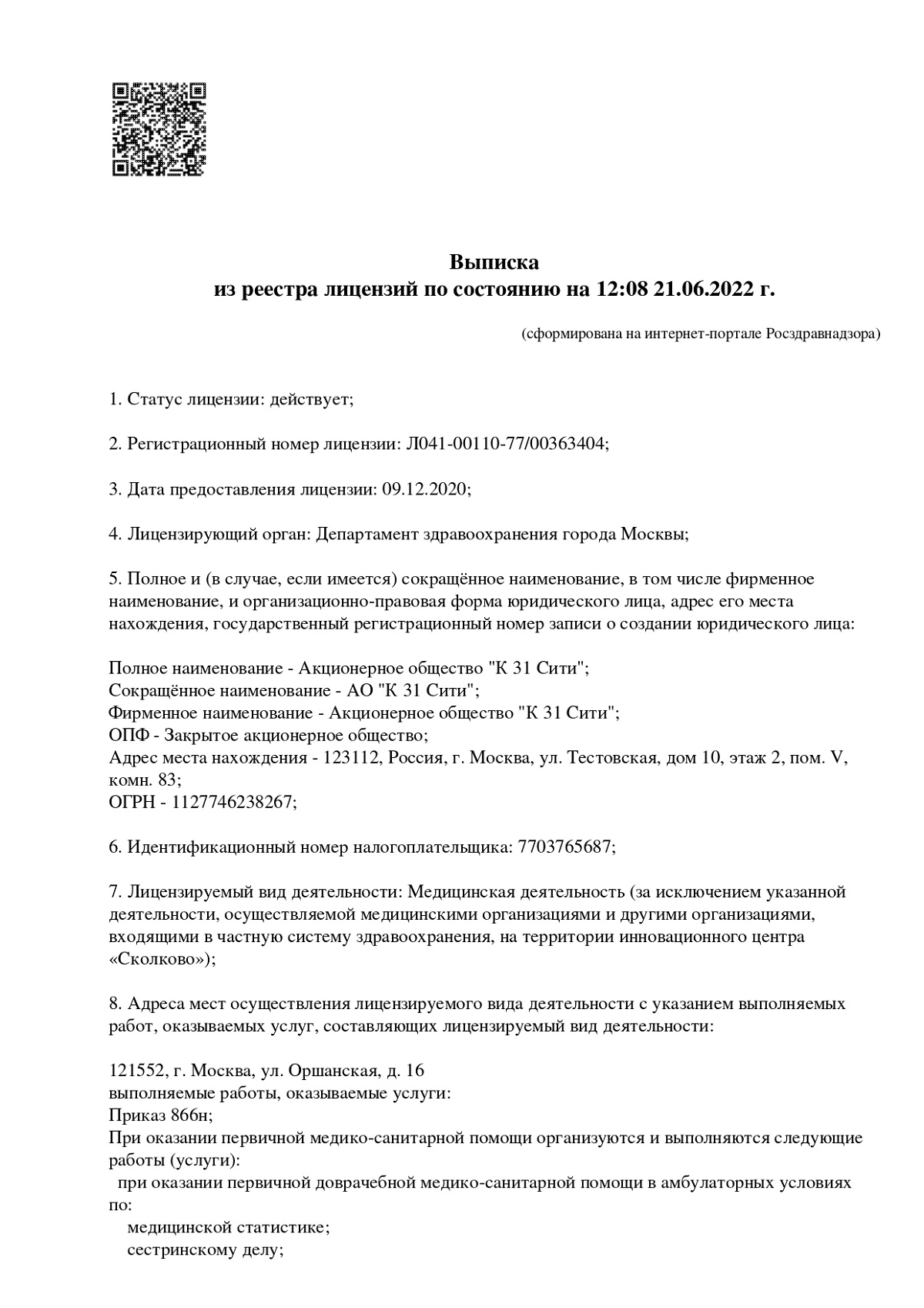
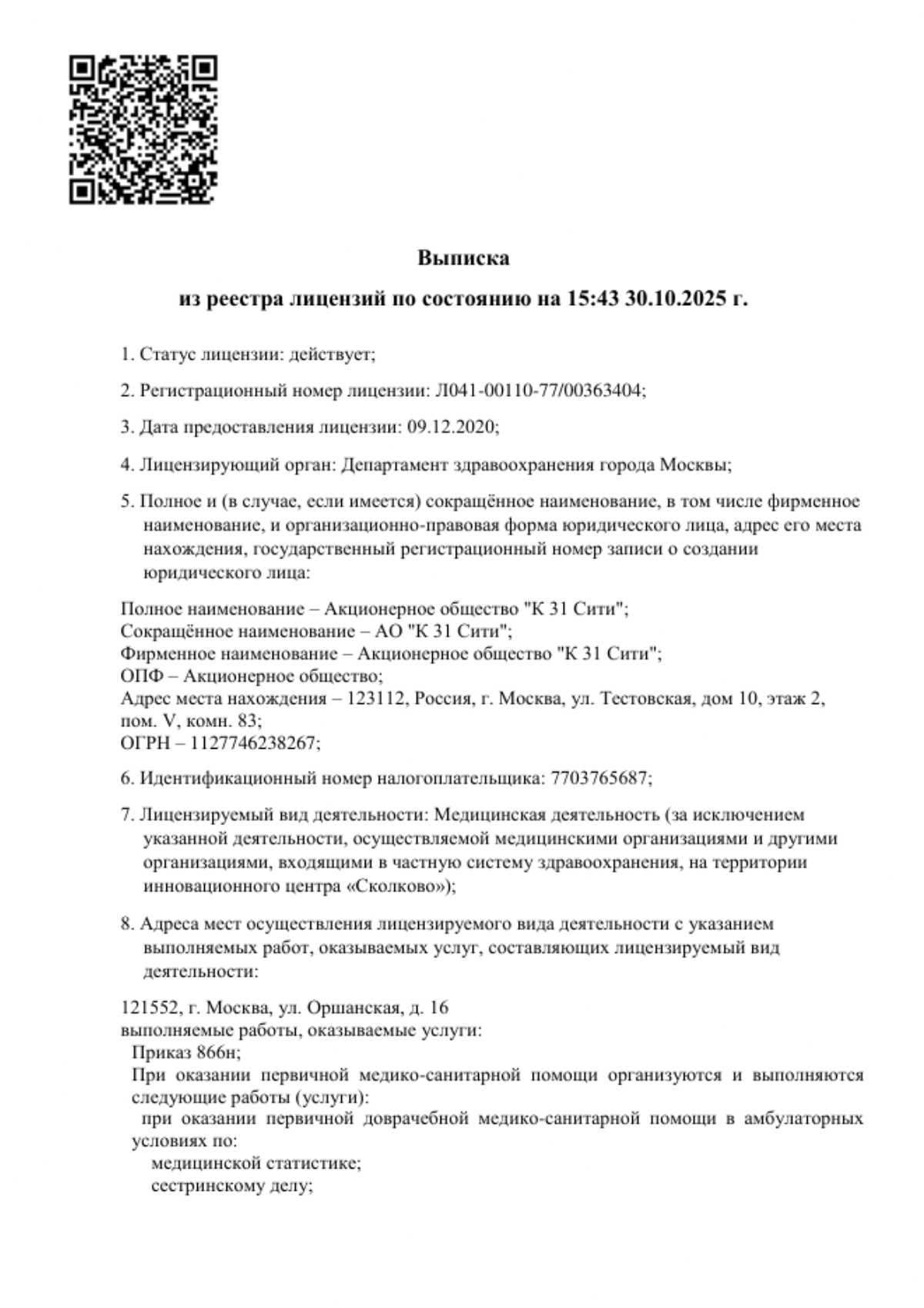
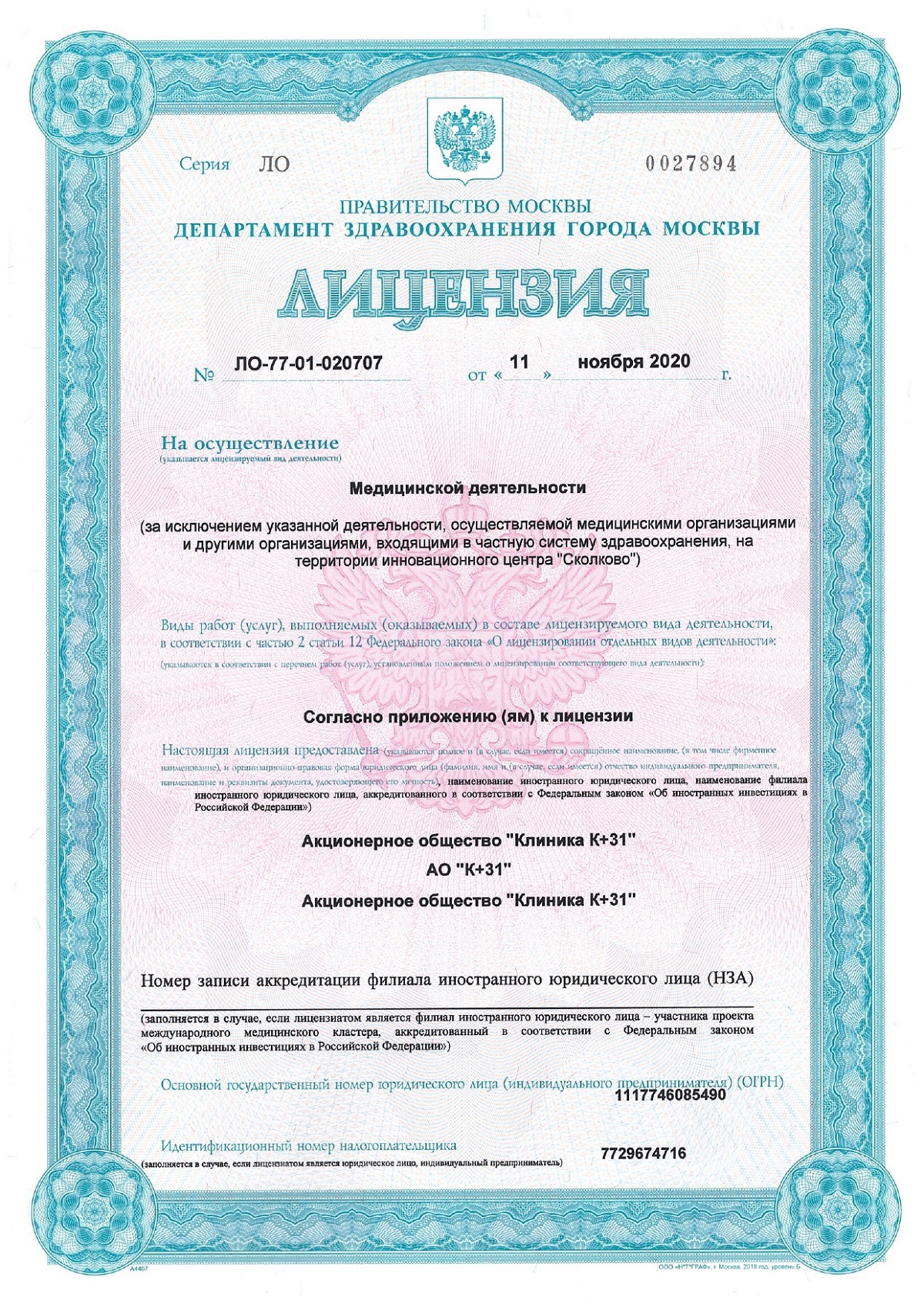

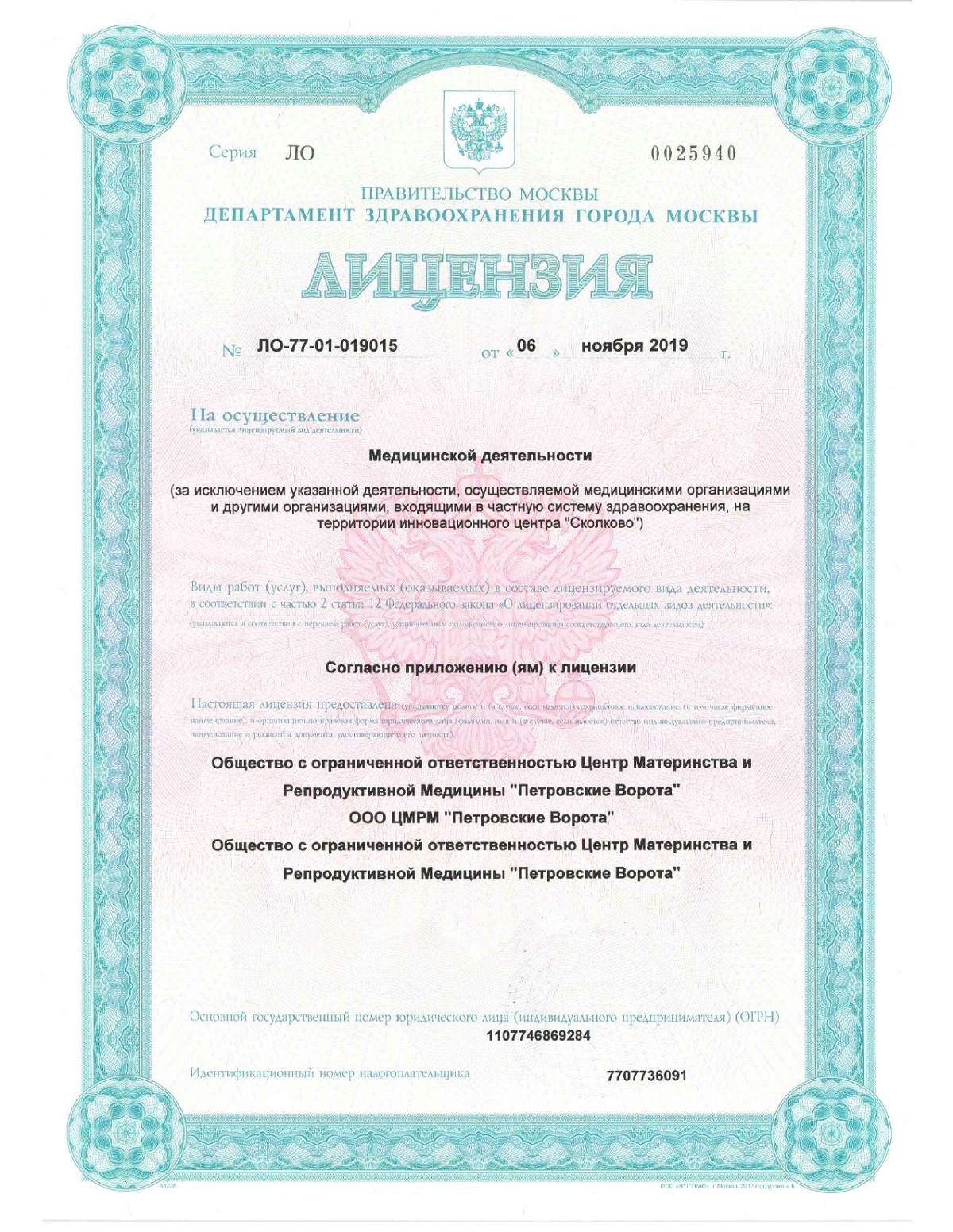




What is a felon?
This is an acute purulent inflammation of the finger tissue. It most often occurs after microtrauma to the skin. The disease affects tissue, subcutaneous tissue, tendons, joints, and even bone. There are different forms, from superficial to deep, each requiring a different treatment approach. Unlike other inflammations, felon develops quickly, is accompanied by severe pain, and can lead to serious consequences. According to statistics, the disease is most common in adults. This is associated with manual labor. However, the disease can also occur in children. Early treatment can avoid surgery and preserve finger mobility.